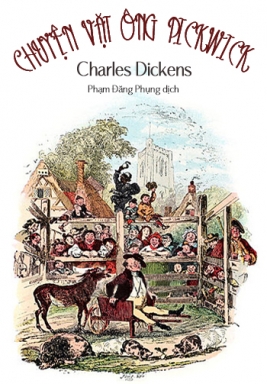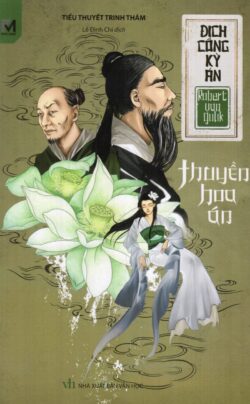In a preface to this novel, Dickens described David Copperfield as his “favorite child,” and the story has remained among the favorites of Dickens’ readers, too, with the characters of Betsy Trotwood, Mr. Pegotty, Uriah Heep, and Wilkins Micawber as well as David himself becoming part of the fabric of Western culture. This facsimile reprint is of the Household Edition of the Works of Charles Dickens, published in the 1870s; the edition makes the work available again in a form in which tens of thousands of Victorians read it—in two-column format, interspersed with illustrations throughout. David Copperfield was originally published in nineteen monthly parts between May 1, 1849 and November 1, 1850.* Each part except the last was of roughly the same length; the final installment was approximately twice as long as the others (and sold for 2 shillings, twice the price of previous parts). For the original serial publication, as well as early publication in book form, David Copperfield was illustrated by Hablot Browne (more commonly known as “Phiz”). Shortly after Dickens’ death in 1870 the British publisher Chapman & Hall began to issue the Household Edition of the Works of Charles Dickens (not to be confused with the American Household Edition of the Works, which appeared in the 1860s). The principal illustrator for the edition was Fred Barnard, and the Dalziel brothers (the leading wood-engravers of the time) created the engravings from Barnard’s illustrations; they described The Household Edition as “by far the most important commission ever placed in our hands by Messrs. Chapman & Hall.” Volumes in The Household Edition began to appear in 1871, and the series was completed in 1879. Dickens’ works appeared in a great many Victorian editions (including numerous pirated ones). Scholars have understandably paid most attention to the earliest publication in serial form; The Household Edition may well have been the most popular form in which the novel appeared, however; the plates for The Household Edition were widely used for other editions as well, and it is certainly arguable that more Victorian readers would have read Dickens’ novels in this form than in any other. In 1911 the populist bibliophile J.A. Hammerton described The Household Edition as “the most important illustrated edition” of Dickens’ works. This is one of a series from Broadview Press of facsimile editions—editions that provide readers with a direct sense of these works as the Victorians themselves experienced them. The breaks were as follows: I – May 1849 (chs. 1–3); II – June 1849 (chs. 4–6); III – July 1849 (chs. 7–9); IV – August 1849 (chs. 10–12); V – September 1849 (chs. 13–15); VI – October 1849 (chs. 16–18); VII – November 1849 (chs. 19–21); VIII – December 1849 (chs. 22–24); IX – January 1850 (chs. 25–27); X – February 1850 (chs. 28–31); XI – March 1850 (chs. 32–34); XII – April 1850 (chs. 35–37); XIII – May 1850 (chs. 38–40); XIV – June 1850 (chs. 41–43); XV – July 1850 (chs. 44–46); XVI – August 1850 (chs. 47–50); XVII – September 1850 (chs. 51–53); XVIII – October 1850 (chs. 54–57); XIX-XX – November 1850 (chs. 58–64).

 David Copperfield
David Copperfield
July 26, 2021 - Tiêu Dao
Tác giả : Charles Dickens
Ngôn ngữ : English
Định dạng : epub
Thể loại : Văn Học Nước Ngoài
Nhấn vào đây để tới link Download


 Đang tải dữ liệu
Đang tải dữ liệu















Chia sẻ ý kiến của bạn